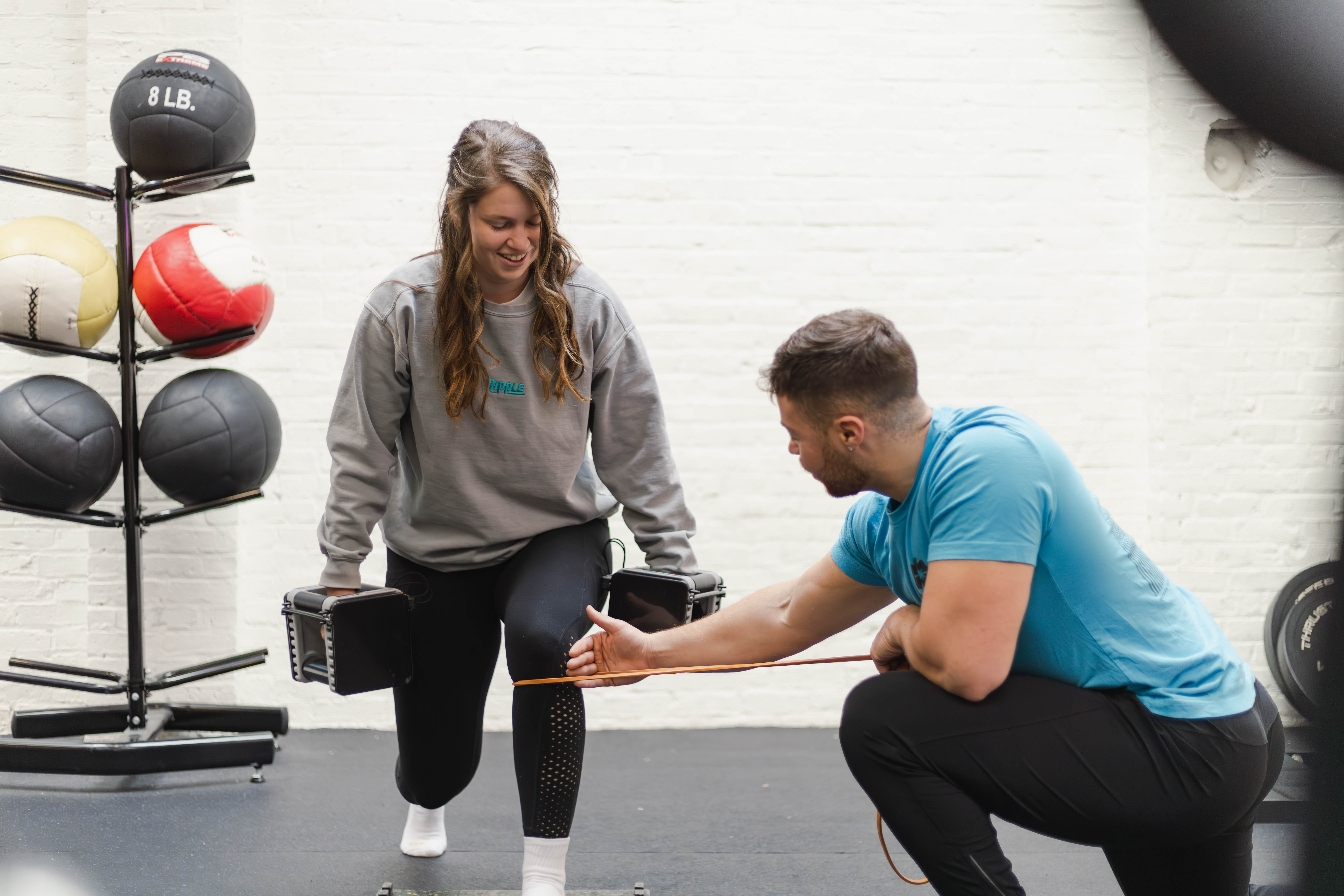Why is mobility important in the golf swing?

The golf swing is one of the most precise, powerful, and controlled motions in all sports.
That’s why we’ve created a whole off-season program to tune in and make sure you’re controlled and mobile to get the most out of your swing.
Through those aspects, the full-body must recoil and explode in a controlled and step-wise fashion to create that power and swing efficiently. Each joint from head to toe needs to rotate around an axis and if any restriction occurs then another part of the body will compensate through that swing and reduce the power and efficiency.
This most often occurs with limitations at the thoracic spine or the hips as these areas require a lot of rotation. Take the at-home swing assessment to test both of these
When you run out of motion in these areas due to a lack of mobility you may do one of a few things:
-
Early extension: this basically means you stand up out of your swing, extending at your low back and hips to get out of that hip rotation end range. With this the consistency and efficiency of swing is reduced from losing the posture and power is greatly diminished by standing out of the powerful recoil and changing the whole kinematic sequence moving into the downswing.
-
Swinging over the top: this basically means you lead with your shoulders and the clubs because you ran out of the thoracic motion needed at the end of the backswing. The main power of the golf swing comes from the lower body so by leading with the upper body you have lost that recoil fully.
-
Overly swinging through the low back: when the hips and upper back have mobility issues the area between the two- the low back- can try and compensate. As the most common area of pain in golfers, you do not want these compensations happening with repetitive stress to the low back. Working the mobility and sequencing above and below can make a huge difference.
These are just a few of the most common swing compensations that occur from the most restricted areas- the hips and upper back. However compensations can come from issues at the ankle, the shoulders, the elbows, the neck and anywhere else head to toe.
Mobility (wait, what’s mobility?) is the ability to improve your end range control and have better access to motion along these lines. With the golf swing lack of mobility is the main cause of swing deviations and injury risk. Improving your mobility in the off season can help prevent these compensations and potential injuries to make your swing more consistent and without restriction.


